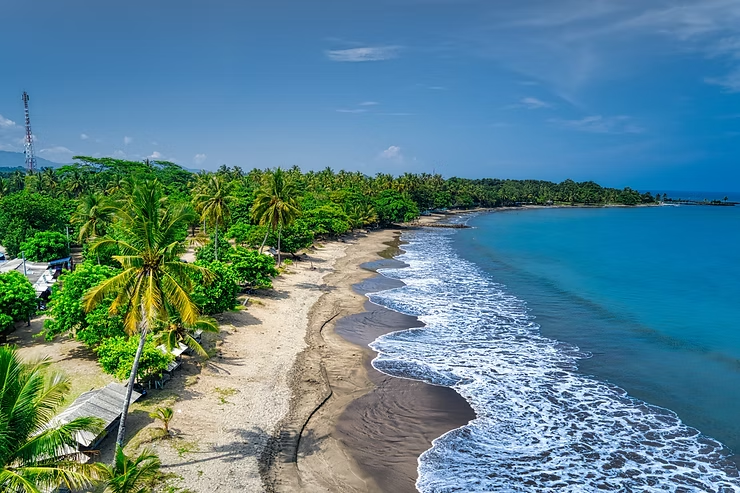Supporting Coastal Restoration Projects
Coastal restoration is vital for protecting ecosystems that provide benefits to the environment and human communities. Marshes, mangroves, seagrass beds, and coral reefs help mitigate climate change, prevent erosion, support biodiversity, and sustain livelihoods. Investing in restoration ensures these ecosystems continue contributing to the well-being of our planet.
Key Benefits of Coastal Restoration
1. Erosion Control
Planting native vegetation and constructing natural barriers like dunes help prevent coastal erosion and protect communities from storms and rising sea levels.
2. Habitat Restoration
Restoring degraded habitats such as seagrass beds and coral reefs provides breeding grounds, nurseries, and foraging areas for marine species, fostering biodiversity.
3. Carbon Sequestration
Healthy coastal ecosystems act as carbon sinks, capturing atmospheric CO2 and contributing to climate change mitigation.
4. Fishery Enhancement
Restored habitats provide safe havens for fish to spawn and grow, supporting local economies and food security.
5. Storm Surge Protection
Intact coastal ecosystems act as natural buffers, reducing the impacts of storm surges and flooding on nearby communities.
6. Tourism and Recreation
Restored coastal areas attract visitors, boosting local economies through activities like kayaking, snorkeling, and birdwatching.
7. Water Quality Improvement
Coastal restoration filters pollutants and sediment, improving water quality and supporting healthier marine environments.
8. Biodiversity Conservation
Protecting and restoring ecosystems preserves marine species diversity, including endangered and threatened species, contributing to global conservation efforts.
9. Community Engagement
Involving indigenous and local communities leverages traditional knowledge and strengthens the connection between people and their natural environment.
10. Climate Resilience
Healthy ecosystems enhance resilience to sea-level rise and extreme weather, acting as natural protective barriers.
11–20. Strategic Approaches
- Education and Awareness: Restoration projects offer educational opportunities to highlight ecosystem importance.
- Public-Private Partnerships: Collaboration ensures sustainable funding and project success.
- Monitoring and Adaptive Management: Continuous assessment improves long-term restoration outcomes.
- Funding and Grants: Support from governments, foundations, and organizations sustains initiatives.
- Volunteer Engagement: Community participation strengthens restoration and stewardship.
- Research and Innovation: Advances in techniques enhance effectiveness and inform best practices.
- Blue Economy Opportunities: Healthy ecosystems enable eco-tourism, sustainable fisheries, and marine industries.
- Multi-Functional Solutions: Projects can address multiple environmental and social challenges simultaneously.
- Regulatory Support: Policies and frameworks encourage restoration efforts.
- Long-Term Commitment: Dedication ensures the success and longevity of restored ecosystems.
Conclusion
Supporting coastal restoration safeguards ecosystems and communities alike. Healthy coastal environments mitigate climate change, sustain biodiversity, and provide essential resources for human well-being. By investing in restoration and participating in initiatives, we can secure a sustainable future where coastal areas thrive as invaluable assets to our planet.

